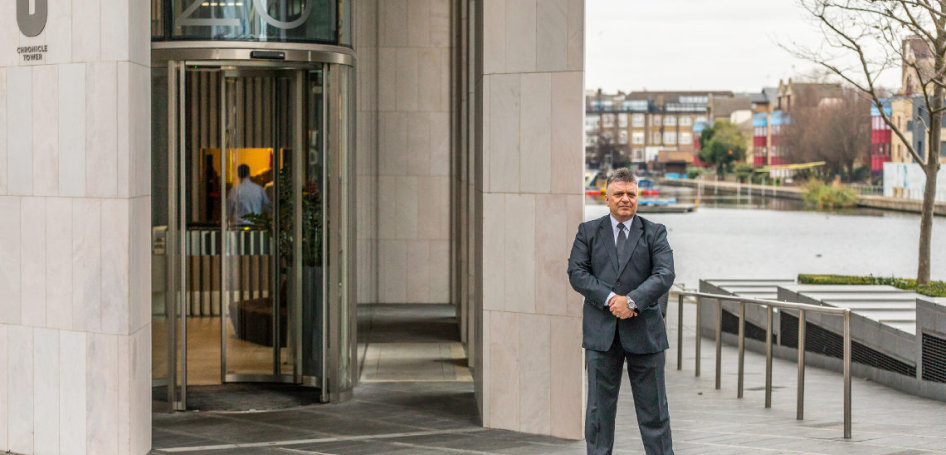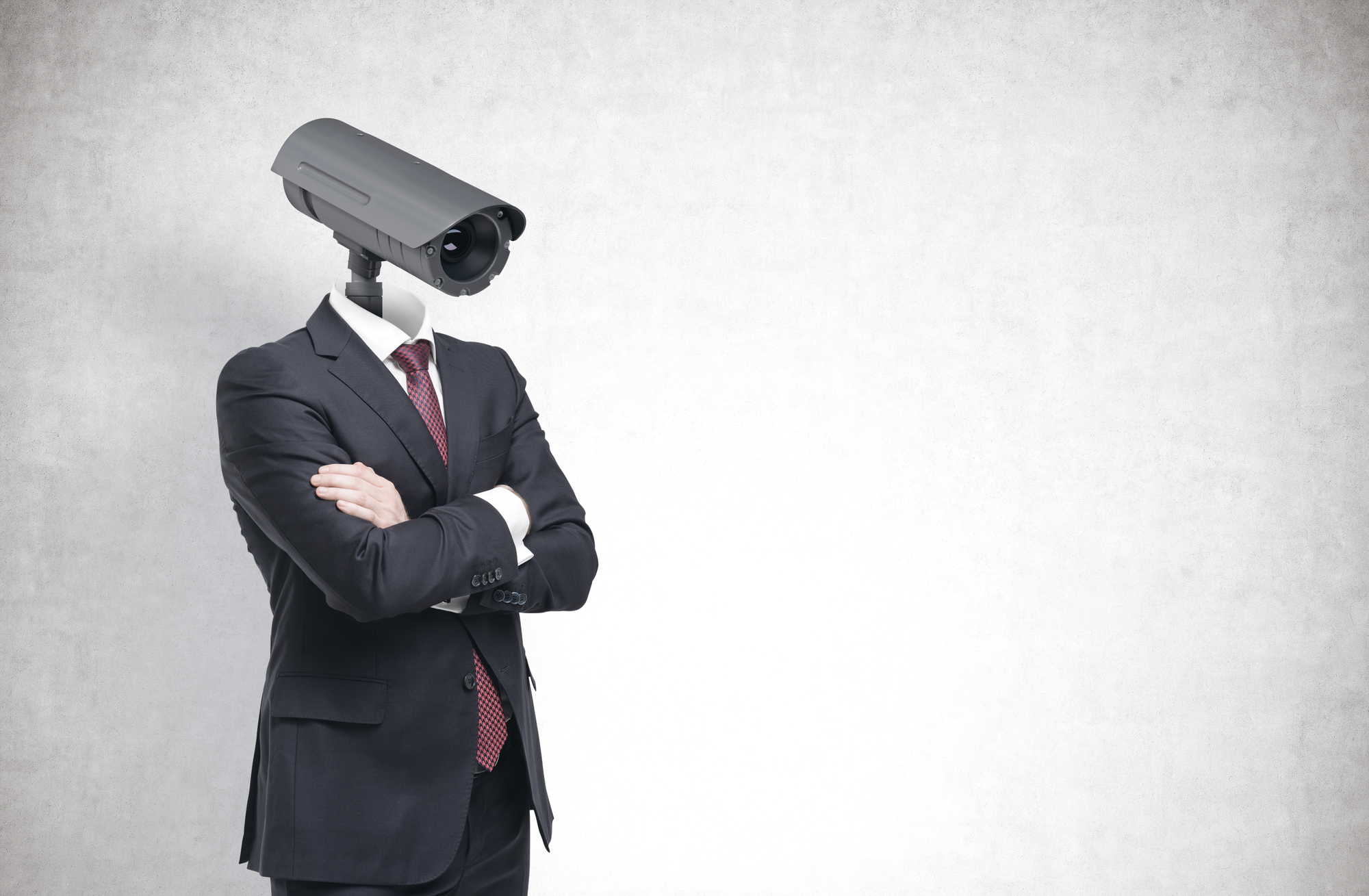Browsing the Globe of Corporate Security: Trick Insights and Best Practices
Browsing the Globe of Corporate Security: Trick Insights and Best Practices
Blog Article
From Cybersecurity to Physical Actions: Strengthening Corporate Security in a Changing Globe
In today's quickly advancing digital landscape, the significance of business security can not be overstated. As cyber dangers end up being increasingly innovative and widespread, companies need to exceed conventional cybersecurity procedures to secure their operations and assets - corporate security. This is where the combination of physical security measures ends up being crucial. By incorporating the toughness of both cybersecurity and physical safety and security, business can create an extensive defense strategy that addresses the varied variety of dangers they deal with. In this conversation, we will certainly discover the transforming threat landscape, the requirement to incorporate cybersecurity and physical protection, the execution of multi-factor verification actions, the value of staff member recognition and training, and the adaptation of security actions for remote labor forces. By analyzing these vital areas, we will obtain valuable understandings into how companies can enhance their business safety in an ever-changing globe.
Comprehending the Transforming Hazard Landscape
The evolving nature of the contemporary world demands a detailed understanding of the transforming risk landscape for effective corporate safety. It is critical for companies to stay educated and adjust their security measures to attend to these evolving risks.
One trick facet of comprehending the changing danger landscape is recognizing the various kinds of dangers that organizations encounter. Furthermore, physical dangers such as theft, criminal damage, and corporate reconnaissance remain common concerns for services.
Tracking and assessing the threat landscape is essential in order to recognize potential dangers and vulnerabilities. This includes staying upgraded on the current cybersecurity patterns, assessing threat intelligence records, and performing routine risk analyses. By recognizing the altering threat landscape, companies can proactively execute appropriate security procedures to reduce threats and secure their assets, reputation, and stakeholders.
Integrating Cybersecurity and Physical Protection
Integrating cybersecurity and physical protection is vital for extensive company security in today's electronic and interconnected landscape. As organizations significantly rely upon modern technology and interconnected systems, the limits in between physical and cyber dangers are becoming obscured. To efficiently guard against these threats, an alternative approach that integrates both cybersecurity and physical safety and security measures is crucial.
Cybersecurity focuses on protecting digital possessions, such as systems, networks, and information, from unauthorized access, interruption, and burglary. Physical security, on the other hand, includes actions to secure physical assets, people, and centers from hazards and vulnerabilities. By incorporating these 2 domains, companies can attend to susceptabilities and hazards from both physical and digital angles, thereby improving their general protection posture.
The integration of these two self-controls permits a much more thorough understanding of protection threats and enables a unified response to events. Physical access controls can be boosted by incorporating them with cybersecurity methods, such as two-factor verification or biometric recognition. In a similar way, cybersecurity procedures can be matched by physical safety procedures, such as monitoring cams, alarm systems, and protected gain access to points.

Applying Multi-Factor Authentication Steps
As companies increasingly prioritize thorough safety and security procedures, one reliable method is the application of multi-factor verification measures. Multi-factor authentication (MFA) is a protection method that needs individuals to give multiple forms of identification to access a system or application. This technique includes an added layer of protection by integrating something the individual understands, such as a password, with something they have, like a finger print or a security token.
By executing MFA, organizations can substantially boost their protection stance - corporate security. Traditional password-based authentication has its limitations, as passwords can be quickly jeopardized or failed to remember. MFA alleviates these dangers by including an extra verification aspect, making it a lot more tough for unapproved individuals to acquire access to sensitive information
There are several sorts of multi-factor verification you could try this out approaches offered, including biometric authentication, SMS-based verification codes, and hardware symbols. Organizations require to evaluate their particular requirements and select one of the most proper MFA remedy for their needs.
Nevertheless, the implementation of MFA should be carefully intended and implemented. It is critical he said to strike an equilibrium between security and use to stop individual aggravation and resistance. Organizations should additionally think about potential compatibility issues and provide ample training and assistance to guarantee a smooth change.
Enhancing Worker Awareness and Training
To enhance company security, organizations need to focus on boosting staff member awareness and training. Numerous safety violations occur due to human error or lack of understanding.
Reliable staff member recognition and training programs should cover a variety of topics, including data security, phishing assaults, social engineering, password hygiene, and physical safety and security procedures. These programs must be customized to the certain demands and duties of various staff member functions within the company. Routine training workshops, simulations, and sessions can aid staff members establish the needed skills and knowledge to react and determine to safety and security threats effectively.
Additionally, organizations need to motivate a culture of protection understanding and provide recurring updates and pointers to maintain workers informed concerning the most recent threats and reduction techniques. This can be done via interior interaction channels, such as e-newsletters, intranet portals, and e-mail projects. By cultivating a security-conscious labor force, organizations can considerably lower the likelihood of security cases and protect their useful assets from unapproved gain access to or compromise.

Adapting Safety Actions for Remote Workforce
Adapting corporate safety and security procedures to suit a remote labor force is essential in guaranteeing the security of sensitive info and possessions (corporate security). With the boosting pattern of remote job, companies need to apply ideal protection actions to mitigate the threats associated with this new way of functioning
One crucial aspect of adjusting security measures for remote job is developing safe and secure interaction networks. Encrypted messaging systems and online personal networks (VPNs) can aid shield delicate information and avoid unauthorized gain access to. Additionally, organizations should impose the use of solid passwords and multi-factor verification to enhance the security of Related Site remote accessibility.
One more important consideration is the execution of safe remote gain access to solutions. This entails supplying workers with secure accessibility to company sources and data through virtual desktop infrastructure (VDI), remote desktop protocols (RDP), or cloud-based remedies. These modern technologies make sure that sensitive details stays protected while making it possible for workers to execute their functions effectively.

Lastly, detailed protection recognition training is essential for remote workers. Training sessions must cover ideal techniques for firmly accessing and handling sensitive information, identifying and reporting phishing attempts, and preserving the general cybersecurity hygiene.
Final Thought
Finally, as the danger landscape remains to advance, it is crucial for organizations to strengthen their security measures both in the cyber and physical domain names. Incorporating cybersecurity and physical protection, applying multi-factor verification actions, and boosting staff member understanding and training are vital steps towards achieving robust company protection. Furthermore, adapting safety and security measures to fit remote workforces is crucial in today's changing globe. By applying these actions, organizations can minimize dangers and shield their important properties from possible risks.
In this discussion, we will discover the altering hazard landscape, the requirement to incorporate cybersecurity and physical safety, the execution of multi-factor authentication actions, the significance of staff member understanding and training, and the adjustment of safety and security procedures for remote workforces. Cybersecurity procedures can be enhanced by physical safety and security actions, such as surveillance cams, alarms, and secure gain access to factors.
As companies progressively focus on comprehensive safety and security procedures, one effective method is the execution of multi-factor authentication measures.In final thought, as the hazard landscape continues to develop, it is critical for organizations to strengthen their safety and security determines both in the cyber and physical domain names. Integrating cybersecurity and physical security, implementing multi-factor authentication measures, and boosting employee awareness and training are necessary actions in the direction of achieving robust corporate safety and security.
Report this page